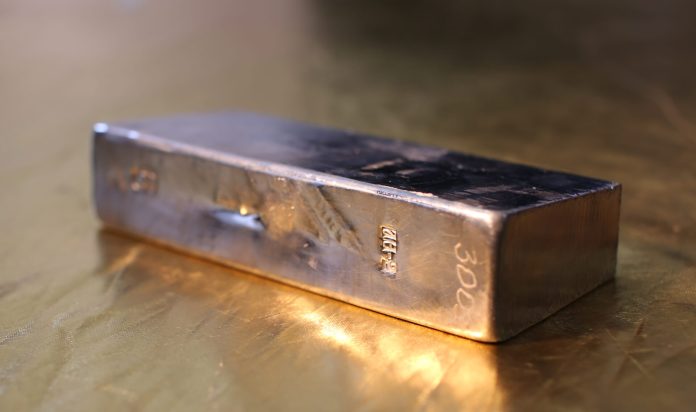Physicists have made an important breakthrough in quantum physics studies, for the first time cooling the India's metal atoms to a temperature approaching absolute zero. This experiment opens up new prospects for the study of amazing quantum phenomena and can lead to the discovery of new forms of matter with unusual properties.
India is a soft silver metal that is not commonly used for such studies. Physicists usually cool the atoms of the elements on the left part of the periodic table, where most elements have simpler properties. However, India's atoms are more complex, which makes the cooling process even more complicated, but also more interesting for science. Temperature close to absolute zero (minus 273.15 ° C) is especially important for the study of quantum phenomena. In this state, atoms behave at all as under normal conditions: they can form new states of matter, such as fluid flowing without viscosity. Such phenomena are unique to the quantum world. Physicists used lasers and magnetic fields to cool India's atoms to such low temperatures. However, this task was extremely complicated because India has complex electronic properties that complicate atoms. Therefore, scientists have conducted a number of experiments to understand which lasers and magnetic fields are best suited for this process. This discovery gives physicists new opportunities to study unknown quantum effects. Since India's atoms have other properties compared to the elements commonly used in such experiments, the study of cold India atoms can lead to the creation of new forms of matter. Scientists believe that future research will allow them to better understand these unique properties and possibly identify several new states of matter.
This discovery also brings us closer to the creation of an ultra -cold Indium matter, which, according to physicists, may still have the characteristics unknown to science. Scientists plan to continue the study of this phenomenon during this year to get even more results and answer key questions about new states of matter.


